2010 Dodge Challenger SRT-8

| The Good: – Ultra-cool retro styling – Cabin materials and space – Good ride and power |
The Bad: – Softer than muscular rivals – Relatively pricey – Compromised luggage boot |
With all the hype surrounding the Ford Mustang and Chevy Camaro muscle-cars, the third player in this three-way brawl is often forgotten. That would be the Dodge Challenger. But you could be forgiven for that, because Chrysler has strategically chosen to only import the expensive SRT-8 version of the Challenger to the GCC, which means there are very few of them around. Which means instant exclusivity. Which means you become an instant star in a sea of Mustangs and Camaros.
The Challenger is the only muscle car that continues to generate ridiculous amounts of attention on the streets. Bystanders were crowding around our parked test car in droves, posing with it and taking photos with their camera phones as we watched from a distance. The truly-retro bodywork, orange-red paintjob and faux-carbon racing stripes added to its flamboyance.
The Challenger is actually the most practical of the three muscle-cars, thanks largely to its largeness. That means its cabin is the most spacious, with good all-round headroom and even decent legroom in the rear. The beefy bolstered front seats are SRT-specific, power-adjustable for the driver and manual for the passenger. The passenger one can move out of the way in one quick move for access to the rear seats. To improve comfort back there, rear passengers even get padded armrests, a/c vents and two of the four cup-holders. And the luggage boot would’ve been spacious had it not been for the full-size spare tyre stuffed in there, so you have to keep your groceries around an exposed 20-inch alloy wheel.
Build quality inside and out is fine, ignoring a couple of warped plastic bits. But the Challenger’s interior has the highest-quality materials among its rivals, with soft-touch upper dash and door panels as well as leather and alcantara upholstery. True, the cabin design is severely dull, but at least those seats are worthy of the car’s promise.
Features include a strong manual a/c, touchscreen navigation and multimedia system with hard drive, good CD/MP3 stereo with USB support, Bluetooth phone with voice controls that actually understand our accent, sunroof, front and side airbags, rear camera with sensors, power accessories, remote starter and an odd keyless entry system that has a modern key-free starter button for ignition, but still requires a key-fob button-press to lock or unlock the doors.
The heart of any SRT-8 is of course the 6.1-litre Hemi V8, good for 425 hp at 6200 rpm and 569 Nm of torque at 4800 rpm. These numbers were at the top of the pack once, and while a new 6.4-litre has already been announced for 2011, there is nothing to snort at with this engine. Loaded with low-end kick, it offers tons of tail-happy fun at low speeds, especially considering the worn-down tyres in our tester. Mated to a 5-speed automatic, with an optional T-shaped shifter no less, the gearbox is best left to its own devices, as the manual shifting function isn’t very satisfying. We fired off a 0-100 kph run of 6.2 seconds, with some tyre-squealing wheelspin during our October test. Dialling in more wheelspin with a higher-rev launch simply made the time even longer. Blame those tyres again, as this car had seen action from a hundred journalists before coming to us. Interestingly, we burned 14.9 litres/100 km of fuel on average, pretty decent for a big V8.
There is a lot of whining about the Challenger handling badly. Truth is it handles pretty well actually. Body roll is moderate at most, and is quelled instantly after sharp turns. Grip from the somewhat-worn tyres was still pretty good on steady-throttle curves, since the 245/45 rubbers on the 20-inch alloys are generously wide. The brakes are superb and the engine sounds fierce. On top of that, the ride quality is pretty darn smooth for a car aiming to be sporty.
But you have to remember that we drove it on public roads, and were nowhere near the track-level speeds. On the track, the Challenger will likely fall behind, as the independent suspension’s lack of hardcore edge revealed itself even on the street. The car occasionally floats up and down over certain dips on the highway almost like a Toyota Camry, while the mildly-firm steering offers little feedback. You can chase down a bad driver in his BMW M3 with this car, but you likely won’t be able to keep up with a good driver in his Mini Cooper when the road turns twisty.
Ironically, we consider the Challenger SRT-8 to also be the best muscle-car to live with on a day-to-day basis. Aside from the space and the ride comfort, the engine is barely stressed during highway commutes, barely doing 2000 rpm at 120 kph. And while visibility is a bit restricted by the thick front pillars and high rear end, the simple rear camera and parking sensors make life much easier at the shopping mall. Also, there is enough ground clearance to not worry about high curbs and speed bumps. Of course the angry engine is audible to a certain degree at all times, while there is some road and wind noise noticeable at highway speeds, but none of those are truly distracting.
So the Challenger won’t win any pissing contests against Mustangs, Camaros and GT-Rs, but it is an enjoyable car based on its own merits. If we intended to use a performance car as a daily driver, we’d give more priority to interior materials, space and comfort, rather than the last fraction of a second in a drag race or a track lap. And yet, it is still faster than you need a car to be on the street. When you look at it that way, the Challenger wins.
| Price Range: Dh 199,000-210,000 Current Model Introduced in: Body Styles: Engines: Transmissions: Setup: Suspension: |
Brakes: Front: discs Rear: discs Curb Weight: Length: Wheelbase: Top Speed: Test Acceleration 0-100 kph: Observed Test Fuel Economy: |
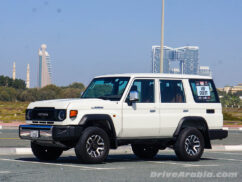
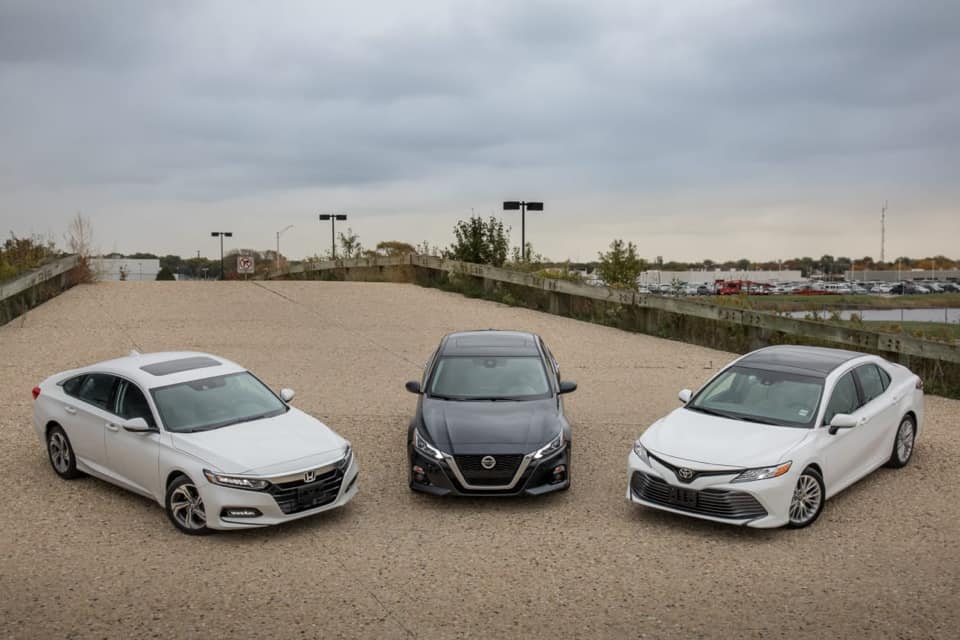
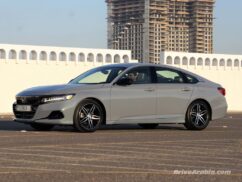
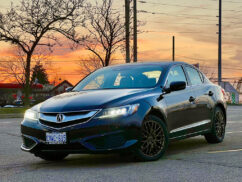
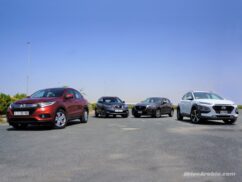
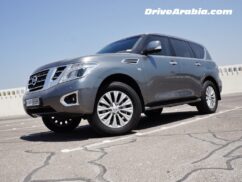
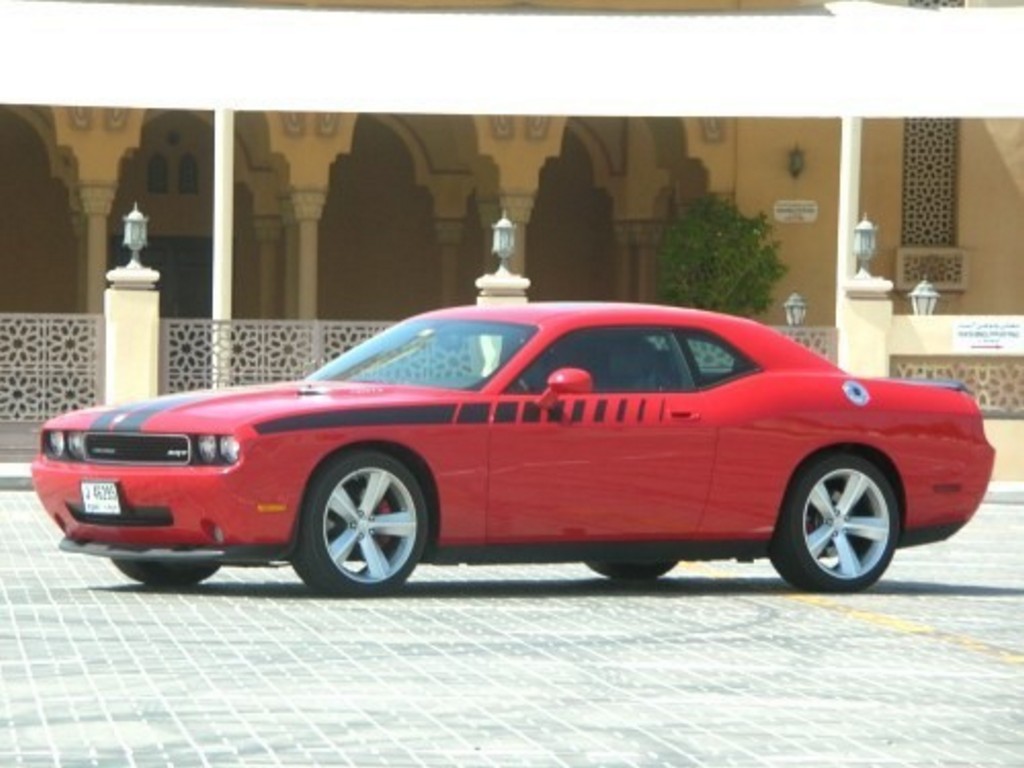
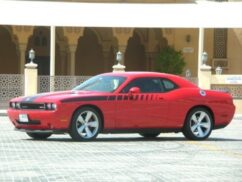

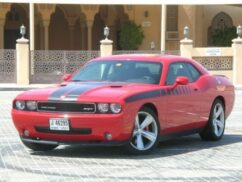

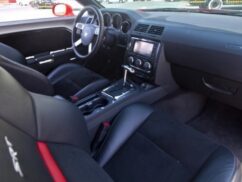
Comments
Motorhead
Any reported reliability issues? Is the stigma attached to the American muscle for being unreliable true? How is the V6 version, any idea?